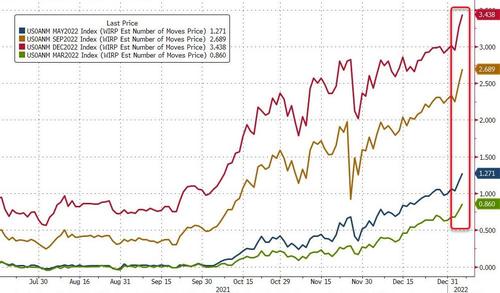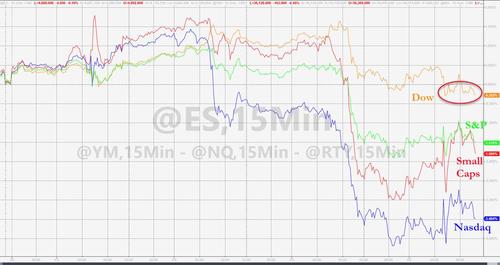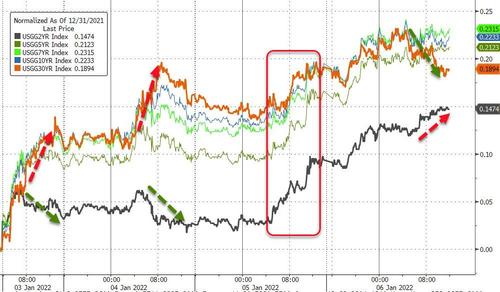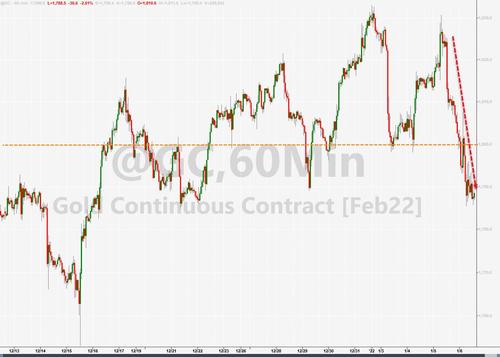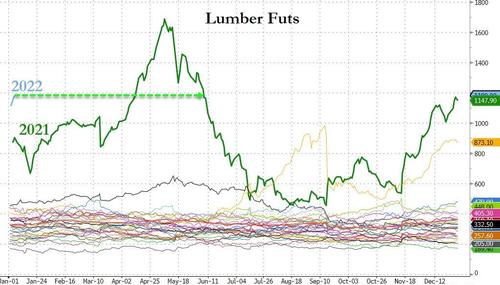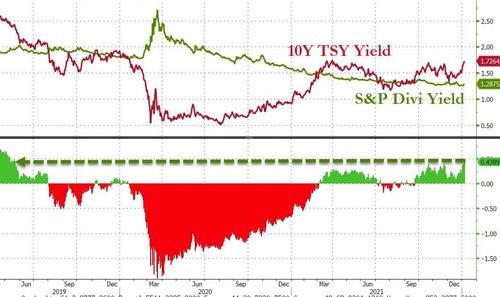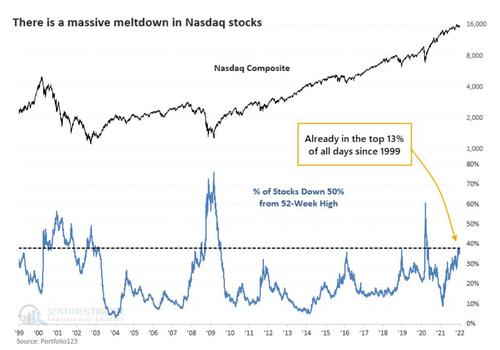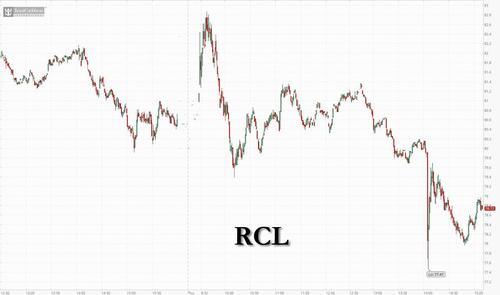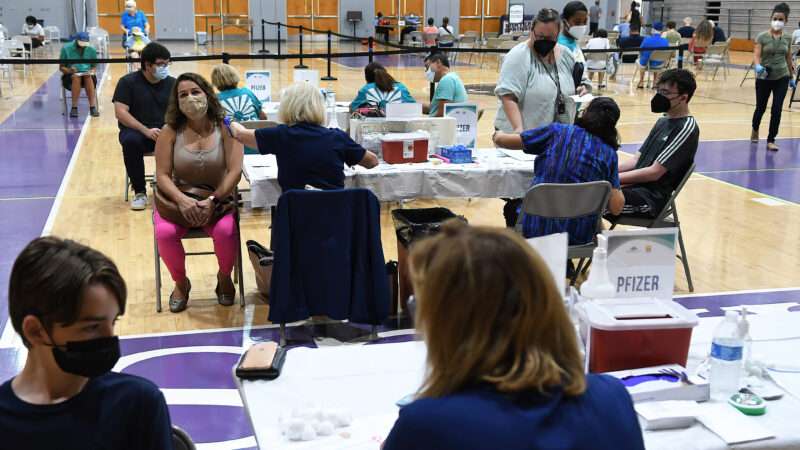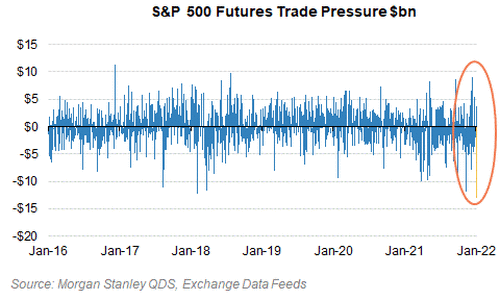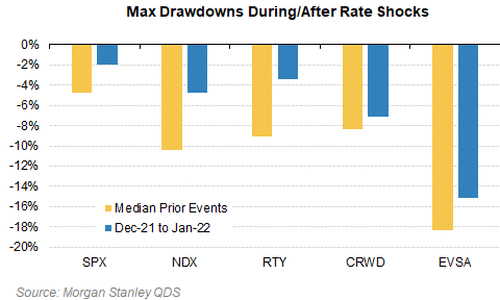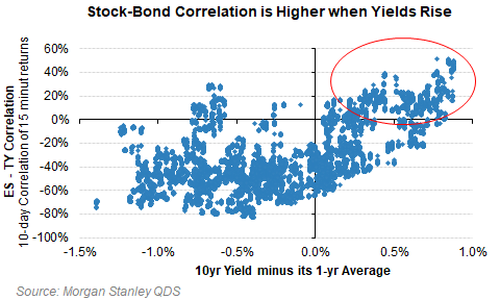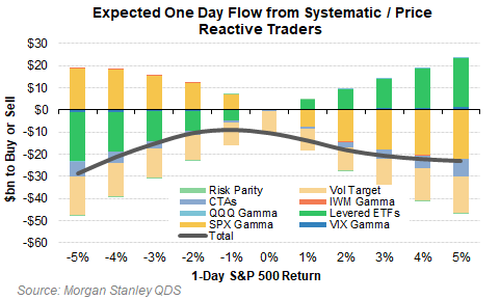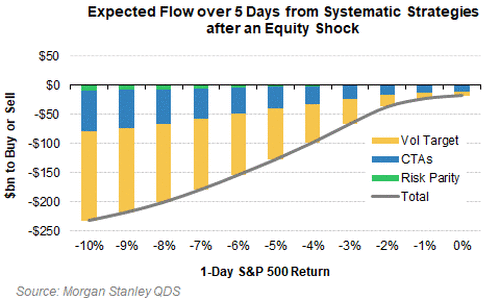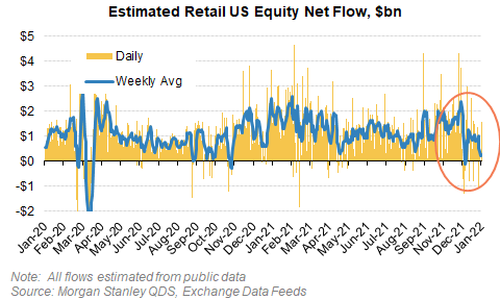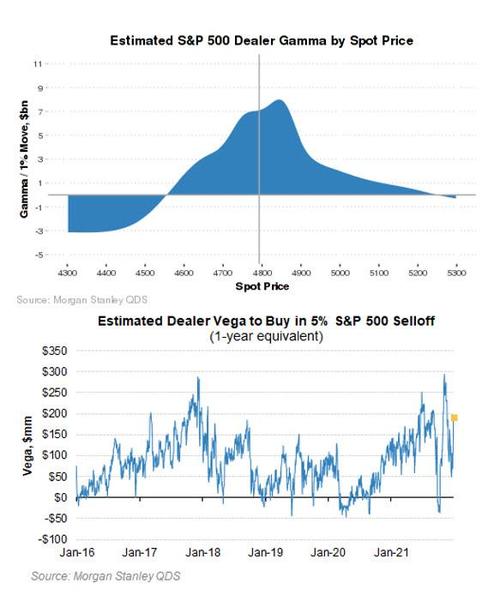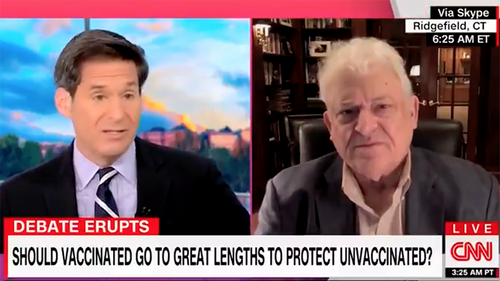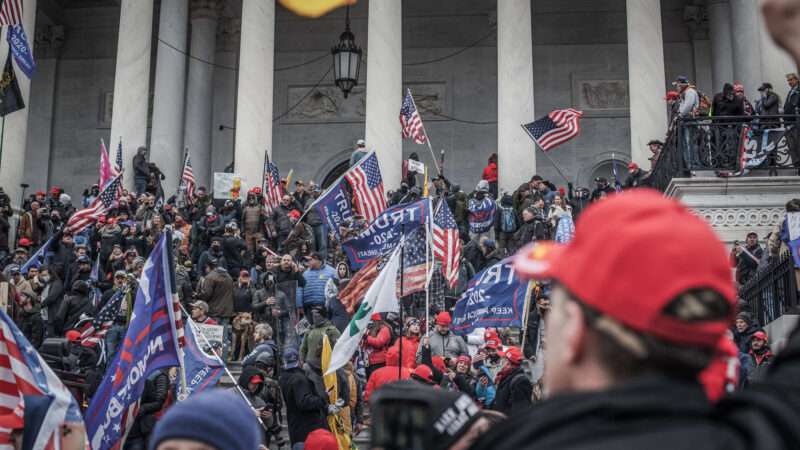

A number of factors helped inspire the attack on the Capitol that took place one year ago today. But one big one was ignorance: The rioters believed that Donald Trump was the real winner of the 2020 election, and that Joe Biden has “stolen” it through fraud. They clung to this belief, despite overwhelming evidence to the contrary, including numerous court decisions rejecting GOP claims of fraud, many of them authored by conservative, Republican-appointed judges.
Sadly, this delusion is not limited to the comparatively small group of extremists who actually participated in the January 6 attack. Polls consistently show that a large majority of Republicans still believe that Biden did not win the 2020 election legitimately. This despite the fact that the evidence against that view is even stronger today than it was a year ago. For example, it has been augmented by an investigation conducted by GOP members of the Michigan state legislature. In Arizona, an audit conducted by the “Cyber Ninjas” – consultants hired by pro-Trump Republicans hoping to find evidence of fraud – actually concluded that Biden won by a larger margin than the official vote tally indicates.
The persistence of the Trumpist “Big Lie” about the election poses obvious dangers. Among other things, it increases the chances that similar violence might recur in future elections, should Trump – or some other GOP candidate – again lose. After all, violence might well seem justified to people who believe that the opposing party “stole” the election from their candidate. In addition, the belief that the opposing party is trying to steal an election might well lead partisans to support similar efforts to by their own party, such as Trump’s attempts to pressure state officials into falsifying the vote count in his favor. Some Republicans are planning more systematic efforts of this kind for future elections.
Why do so many Republicans believe blatant falsehoods about the 2020 election? The answer is rooted the broader problem of political ignorance. Because there is so little chance that any one vote will make a difference to the outcome of an election, most people are “rationally ignorant” about politics and government policy. They spend little time seeking out relevant information, and are often ignorant of even basic facts about the political system, such as the names of the three branches of government. Such ignorance makes people more susceptible to lies and conspiracy theories, including those about the 2020 election.
I summarized the connections in a November 2020 post, in which I first warned about the dangers of Trump’s lies about the election:
In [my book] Democracy and Political Ignorance, I described how belief in conspiracy theories is partly fueled by general public ignorance about government and public policy. Most of the public has little understanding of government and political institutions. They thus underestimate the extreme difficulty of planning, coordinating, and covering up large-scale conspiracies. Birtherism, trutherism, and Covid conspiracy theories are all more prevalent among people with relatively low levels of education and political knowledge. The less you know about government, the easier it is to believe that events are controlled by a shadowy cabal of ultra-competent evil-doers who can skillfully cover up their misdeeds.
But the popularity of conspiracy theories is also boosted by partisan and ideological bias. In assessing political information, most people act not as objective truth-seekers, but as “political fans” who tend to overvalue any claims that cohere with their preexisting views, and downplay or ignore any that cut against them. Much like sports fans, who tend to be biased in favor of their preferred team and against its rivals, political fans are highly biased in favor of their preferred party and ideology, and against its opponents.
Thus, it is not surprising that trutherism was especially popular among Democrats (many of whom hated George W. Bush), birtherism appealed primarily to Republicans (many of whom hated Obama), and Trump’s election conspiracy theories appeal almost exclusively to his own supporters. Particularly in an era of severe polarization, partisan bias has a big impact on voters, leading many to believe ludicrous claims they might otherwise reject.
For much the same reasons as they have little incentive to seek out information, most voters also have little incentive to objectively evaluate the information they do learn. They instead often indulge ideological, partisan, and other biases – a phenomenon economist Bryan Caplan dubbed “rational irrationality.” These dynamics are pretty obviously at work when it comes to many GOP partisans’ beliefs about the 2020 election.
As I emphasized in the November 2020 post and in many other writings, ignorance and bias of this kind is far from unique to Trump supporters or to the right side of the political spectrum. There is no shortage of left-wing examples, including widespread belief in 9/11 “trutherism,” referenced in my earlier post. Social science evidence indicates that partisan bias in evaluation of political information is widespread among both liberals and conservatives, with neither side being significantly better or worse than the other. It would be a mistake for liberals (or anyone else) to assume that ignorance and bias are problems confined to the other side of the political spectrum, to which their own side is blissfully immune. Politicians across the political spectrum routinely exploit voter ignorance and partisan bias – a problem that long predates Trump. Barack Obama, for example, did so with his strategy of using a blatant lie to sell the Affordable Care Act to the public.
Nonetheless, the persistence of the Big Lie about the 2020 election is a particularly dangerous example of this broader phenomenon. The risk is that it could lead to actions that gravely undermine the basic structure of liberal democracy – ironically, in the name of saving it. That makes it more dangerous than a lie that “merely” facilitates the enactment of a specific dubious policy.
There is no easy or quick solution to the problem. Some possible paths to undermining future elections can be closed off through legal and institutional reforms, such as fixing loopholes in the Electoral Count Act. It also helps that a large majority of Americans reject the Trumpist take on the election and hold Trump at least in large part responsible for the events of January 6, even as a majority of Republicans continue to believe in the Big Lie. Elsewhere, I have argued that the best long-run antidote to political ignorance is to limit and decentralize political power, and expand opportunities for people to “vote with their feet.”
Nonetheless, there is still a risk of further violence and attempts to undermine elections so long as the base of one of the two major parties persists in this kind of delusion. Breaking that delusion, once it has become widely established, is a difficult task.
“Mainstream” media and public policy experts can continue to debunk Trump’s lies. But, for a variety of reasons – both good and bad – most Trump supporters have little faith in these sources. Many (like most other voters) probably don’t even pay much attention to the details of media and expert analyses of election issues.
Both common sense and some empirical research indicates that people are more likely to accept unpalatable political truths when those are presented by people they perceive to be on “their” side. Thus, Republicans may be more likely to accept that the 2020 election wasn’t “rigged” if they hear it from leaders or experts who are themselves conservative Republicans. But most GOP politicians are wary of angering Trump and the Party’s base. Those who have spoken out – like Wyoming Rep. Lynne Cheney – have faced ostracism from the party as a result.
Today, big-name Republican political adviser and pundit Karl Rove performed a potentially useful service by publishing a high-profile Wall Street Journal article denouncing both the January 6 attack and lies about the election outcome. Rove urges fellow Republicans to join him in speaking out. Whether they heed his call remains to be seen.
In sum, this will be a difficult challenge to overcome. But the beginning of wisdom is to at least recognize that the problem is rooted in the broader dynamics of political ignorance and bias – dynamics that are far from unique to Trumpist Republicans, or to this specific issue. We should also recognize there is room for incremental progress through institutional reform and other measures, even if we cannot quickly achieve a comprehensive solution. In the long run, we should also work towards restructuring the political system in ways that reduce the influence of public ignorance, and empower people to make decisions in settings where there are much better incentives to seek out information and use it wisely.
The post January 6 and the Problem of Political Ignorance appeared first on Reason.com.
from Latest – Reason.com https://ift.tt/3qSXi1F
via IFTTT
